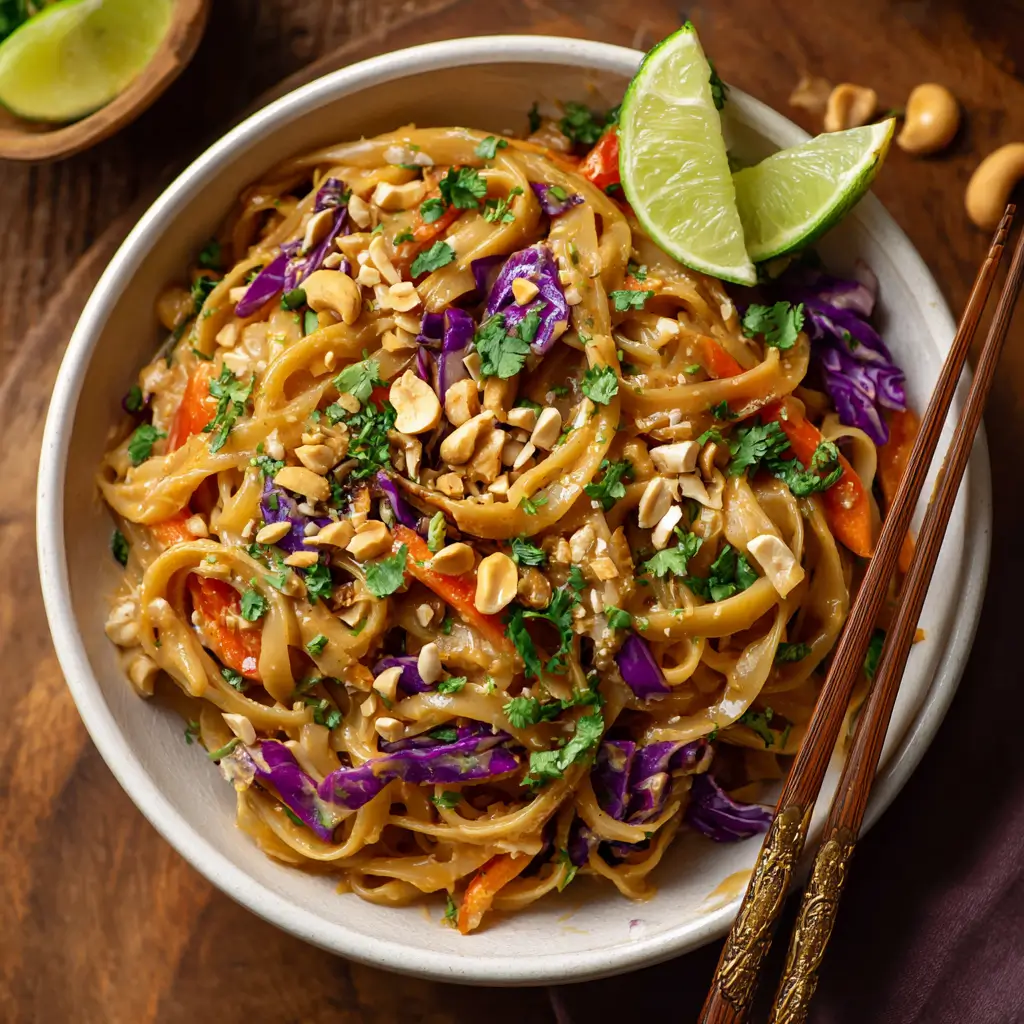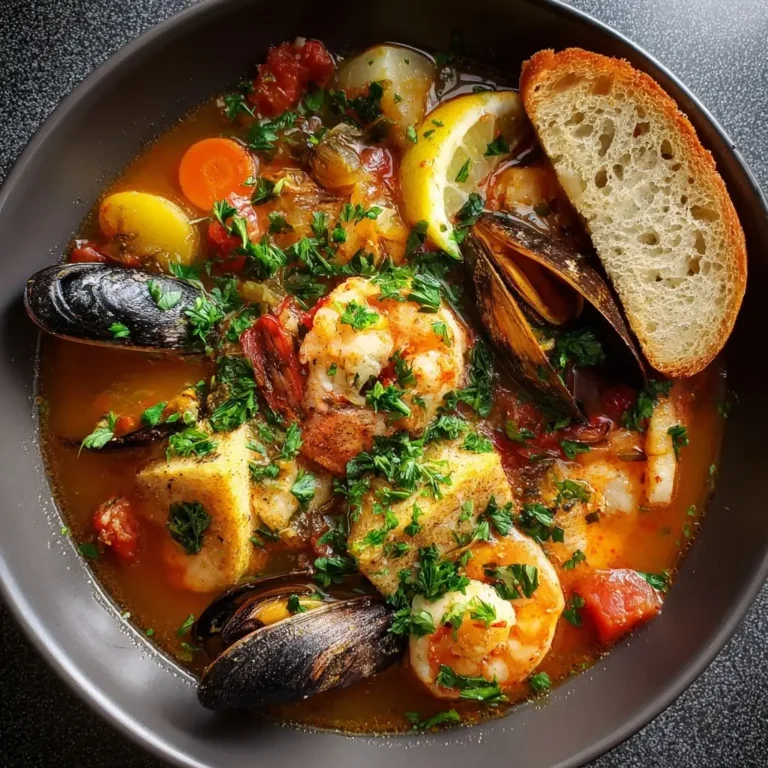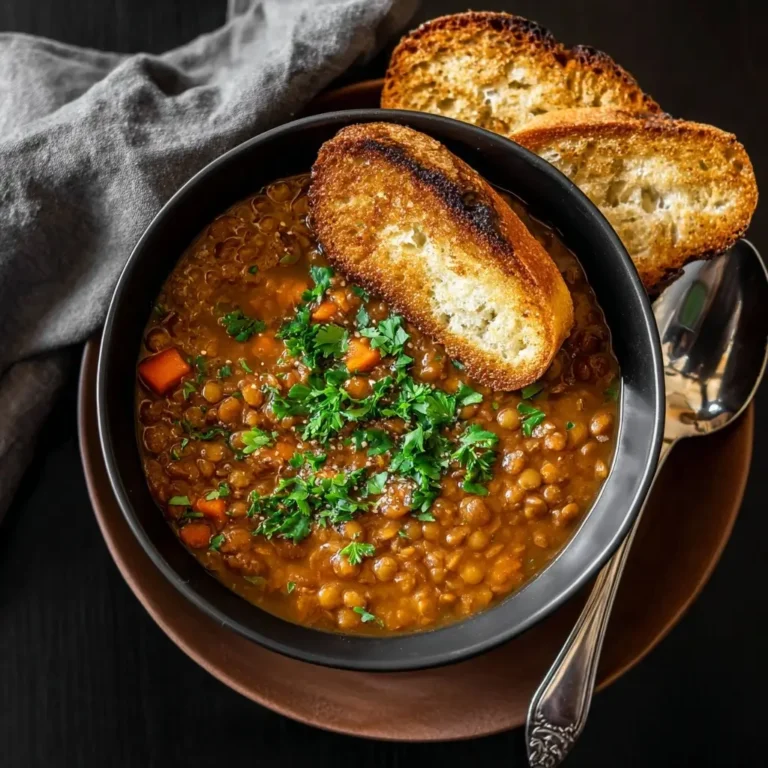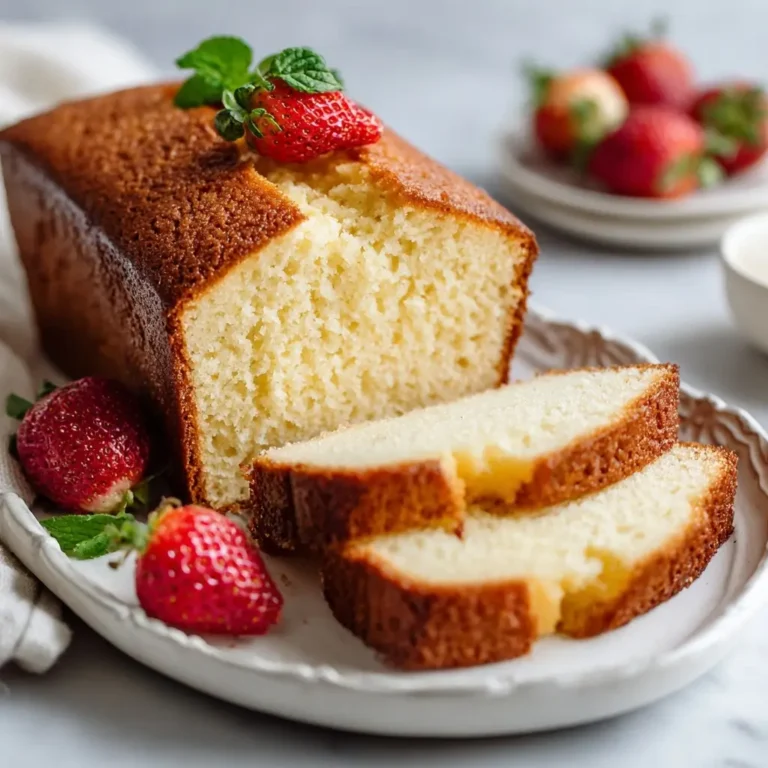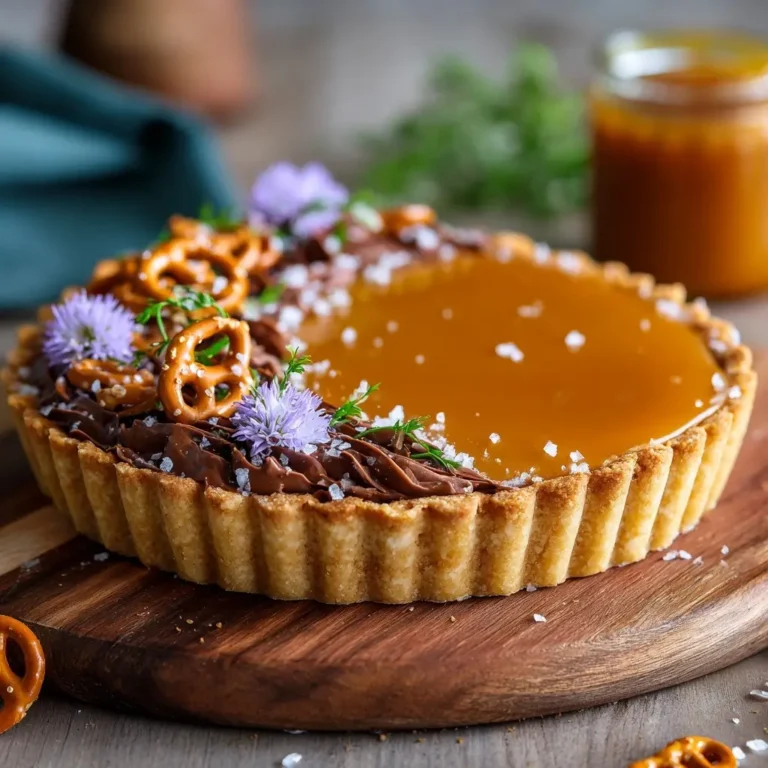Vegan Thai Peanut Noodles
Vegan Thai Peanut Noodles
Introduction
Vegan Thai Peanut Noodles are a delicious and satisfying dish that brings together the bold flavors of Thai cuisine with the wholesome goodness of plant-based ingredients. This dish is a perfect blend of creamy peanut butter, tangy lime, spicy chili, and savory soy sauce, all tossed together with tender rice noodles and fresh vegetables. Whether you’re vegan or just looking for a healthy and flavorful meal, this recipe is sure to become a favorite in your kitchen.
The History
Thai cuisine is known for its balance of sweet, salty, sour, and spicy flavors. While traditional Thai peanut dishes often include fish sauce or shrimp, the vegan version adapts these classic flavors using plant-based ingredients. Over the past decade, vegan adaptations of Thai dishes have gained popularity globally, especially among health-conscious eaters and those following a cruelty-free lifestyle. Thai peanut noodles, in particular, have become a staple in vegan and vegetarian communities due to their versatility, ease of preparation, and incredible taste.
Ingredients Breakdown
This vegan version of Thai peanut noodles is made with a combination of pantry staples and fresh ingredients. Here’s a breakdown of what you’ll need:
- Rice noodles – A gluten-free base that soaks up the sauce beautifully.
- Peanut butter – Provides the rich, nutty flavor that defines the dish.
- Soy sauce or tamari – Adds a salty, umami depth.
- Rice vinegar or lime juice – For a tangy, acidic contrast.
- Maple syrup or agave – A natural sweetener to balance the flavors.
- Sririacha or chili garlic sauce – For that signature Thai heat.
- Garlic and ginger – Essential aromatics for flavor.
- Vegetables – Common options include shredded cabbage, carrots, bell peppers, and green onions.
- Green onions and cilantro – For garnish and freshness.
Step-by-Step Recipe
- Cook the rice noodles according to package instructions, then rinse with cold water and set aside.
- In a large bowl, whisk together peanut butter, soy sauce, rice vinegar, maple syrup, sriracha, minced garlic, and grated ginger until smooth.
- Add the cooked noodles and chopped vegetables to the sauce and toss until evenly coated.
- Taste and adjust seasoning as needed.
- Garnish with fresh herbs, chopped peanuts, and lime wedges before serving.
Tips
- Use a food processor or blender to make the sauce smoother and more consistent.
- If the sauce is too thick, add a splash of water or coconut milk to thin it out.
- For a more authentic Thai flavor, add a teaspoon of tamarind paste or a dash of sesame oil.
- Store leftovers in an airtight container in the fridge for up to 4 days. The noodles may absorb the sauce, so add a bit of water or lime juice before reheating.
Variations and Customizations
This dish is highly customizable. Here are some fun twists to try:
- Add marinated baked tofu or tempeh for extra protein.
- Swap the rice noodles for zucchini noodles or shirataki noodles for a low-carb option.
- Use different vegetables like snap peas, cucumbers, or shredded kale.
- Make it spicier with extra chili sauce or Thai bird chilies.
- Try almond or cashew butter instead of peanut butter for a different flavor profile.
- Top with crushed peanuts, sesame seeds, or chili flakes for added crunch and heat.
Health Considerations and Nutritional Value
Vegan Thai Peanut Noodles are a nutrient-dense meal that offers a balance of macronutrients and essential micronutrients:
- Healthy fats from peanut butter and optional sesame oil support heart health and satiety.
- Protein comes from peanut butter, tofu, and legumes if added.
- Complex carbohydrates from rice noodles provide energy and fiber.
- Vitamins and minerals from fresh vegetables boost immunity and digestion.
- This dish can be high in sodium depending on the soy sauce used, so opt for low-sodium versions if watching salt intake.
For a lighter version, reduce the amount of peanut butter and sweetener, and increase the volume of vegetables.
Ingredients
- 8 oz rice noodles
- 1/2 cup creamy peanut butter
- 3 tbsp soy sauce or tamari
- 2 tbsp rice vinegar or fresh lime juice
- 1–2 tbsp maple syrup or agave syrup
- 1 tbsp sriracha (adjust to taste)
- 1 clove garlic, minced
- 1 tsp grated ginger
- 1 cup shredded cabbage
- 1/2 cup shredded carrots
- 2 green onions, sliced
- Fresh cilantro for garnish
- Lime wedges for serving
Directions
- Bring a large pot of water to a boil. Add rice noodles and cook for 6–8 minutes or until al dente. Drain and rinse with cold water to prevent sticking. Set aside.
- In a mixing bowl or blender, combine peanut butter, soy sauce, rice vinegar, maple syrup, sriracha, garlic, and ginger. Whisk or blend until smooth and well combined. Add a tablespoon of water if needed to reach a sauce-like consistency.
- In a large bowl, toss the cooked noodles with the sauce until fully coated.
- Add shredded cabbage, carrots, and green onions. Toss again until evenly mixed.
- Taste and adjust seasoning as needed—add more lime, soy sauce, or chili to suit your taste.
- Serve immediately, garnished with fresh cilantro, chopped peanuts, and lime wedges on the side.
FAQ
Can I make this dish gluten-free?
Yes! Just use gluten-free soy sauce (like tamari) and ensure your peanut butter doesn’t contain any gluten-containing additives.
Is this dish suitable for meal prep?
Absolutely. Store it in an airtight container in the refrigerator for up to 4 days. You may need to add a splash of water or lime juice when reheating to loosen the sauce.
How can I make it spicier or milder?
Adjust the amount of sriracha in the sauce. For extra heat, add finely chopped Thai chilies or a pinch of cayenne pepper. For a milder flavor, reduce or omit the sriracha entirely.
What can I substitute for peanut butter?
You can use almond, cashew, or sunflower seed butter as alternatives. Each will bring a slightly different flavor, but all will work well in the sauce.
Can I freeze this dish?
While the sauce can be frozen separately, it’s best to enjoy the noodles fresh or refrigerated. Freezing may alter the texture of the vegetables and noodles.
Summary
Vegan Thai Peanut Noodles offer a delicious and nutritious plant-based meal bursting with bold Thai flavors. Quick to make, customizable, and perfect for meal prep, this dish is a must-try for anyone who loves vibrant, satisfying food.
